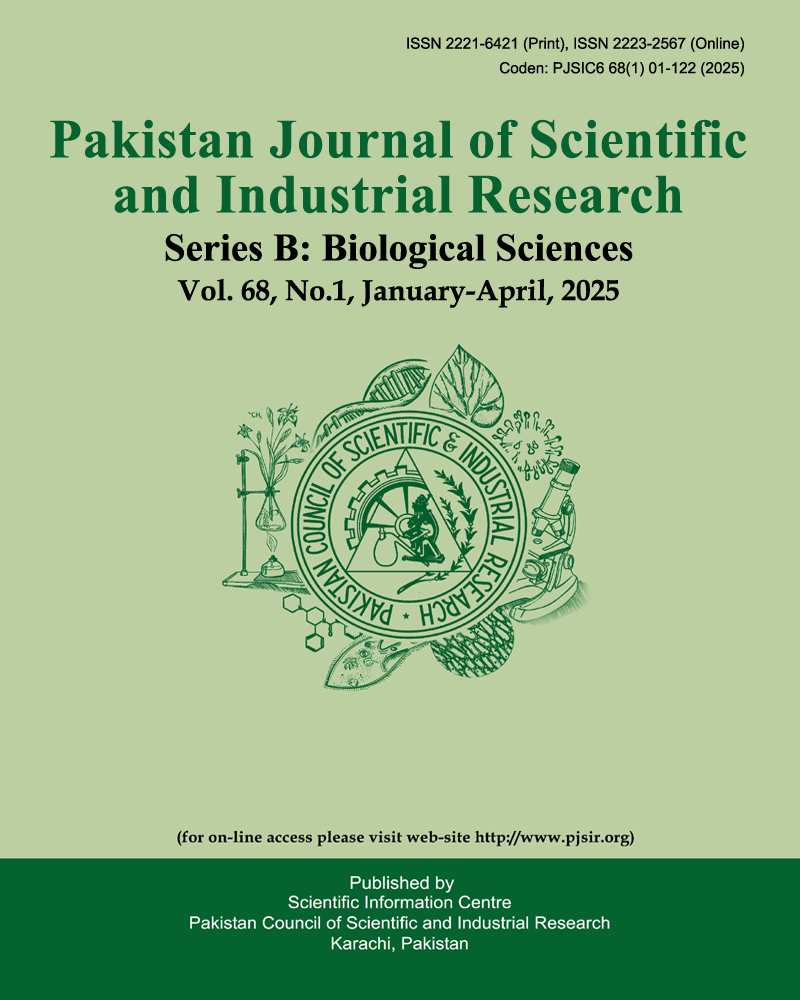Fatty Acids Composition of Migrated Seabirds to the Coastline of Pakistan as Top Predators to Impact Ecosystem Variability
Fatty Acid in Migrated Seabirds in Pakistan
Keywords:
seabirds, avian migration, methyl ester fatty acid, ecosystem variabilityAbstract
The availability of fat-rich food is a critical factor for the seabird's migration. Certain fatty acids are significant determining factors for environmental health and act as energy reserves for long distant seabird migration. Qualitative analysis for fatty acid composition in Larus fuscus, Larus ridibundus and Hydroprogne caspia, found significantly different for most of the fatty acids. The average fat contents of fuscus, L. ridibundus and H. caspia were 23.57±1.82%, 19.71±2.75% and 33.58±0.08%, respectively. This study suggests that mono-unsaturated fatty acids (MUFA) (43.49-48.07%) were predominantly higher than saturated (SFA) (32.88-39.89%) and poly-unsaturated fatty acids (PUFA) (14.1-16.22%). Palmitic acid and stearic acid constituted > 75%. The dietary fatty acid oleic acid (C18:1n9) was most abundant with 32-34%. The m-3/m-6 ratio was less than 1, indicating these sea birds as a substantial source of m-6 fatty acids. Linoleic acid (C18:2m6) as major m-6 fatty acid in L. fuscus (7.44%), H. caspia (9.81%) and ridibundus (8.99%).


